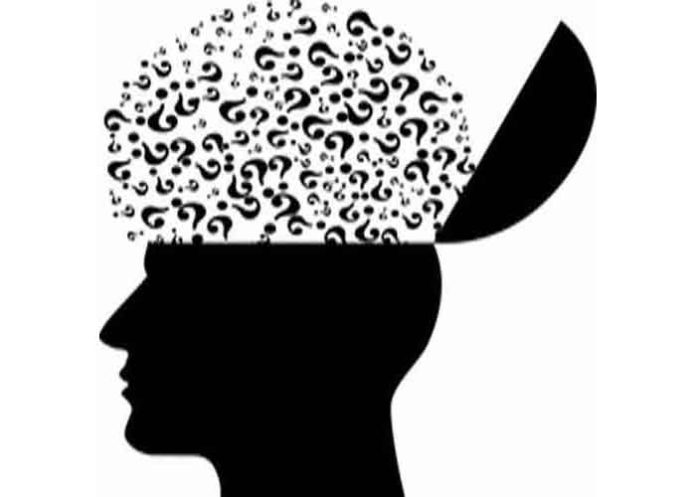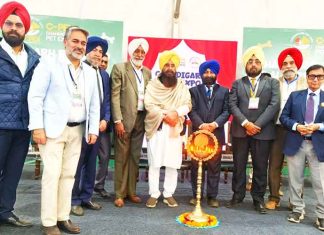New Delhi, Aug 18 2024-
Scientists have identified a gene that has the potential to prevent autism — a neurodevelopmental disorder that affects how people interact with others, communicate, learn, and behave.
More than 70 genes have been linked to autism spectrum disorder (ASD), a condition marked by differences in brain function that lead to altered behaviours such as issues with language, social communication, hyperactivity, and repetitive movements.
Scientists have been working to understand these associations on a detailed level, and the new Astrotactin 2 (ASTN2) gene may likely pave the way for treatments.
The team from the Laboratory of Developmental Neurobiology at Rockefeller University, New York, discovered that defects in the ASTN2 protein disrupted neural circuitry in the cerebellum, affecting children with neurodevelopmental conditions.
Recently, the same lab found that completely knocking out the ASTN2 gene in mice led to several behaviours characteristic of autism. Mice lacking ASTN2 displayed reduced vocalisation and socialisation, along with increased hyperactivity and repetitive behaviours, mirroring traits seen in individuals with ASD.
“These traits have parallels in people with ASD,” said Michalina Hanzel, from the varsity. The study also revealed structural and physiological changes in the cerebellum of these mice, reinforcing the cerebellum’s role in cognitive functions beyond motor control.
The research builds on previous research, which in 2010 discovered that ASTN2 proteins guide neuron migration during cerebellar development. The current study explored the impact of a total absence of ASTN2, finding that knockout mice showed significant behavioural and brain changes. For example, the knockout mice vocalised less frequently and in a more limited pitch range, preferred familiar mice over new ones, and exhibited increased hyperactivity and repetitive actions.
These behavioural differences were accompanied by subtle changes in the cerebellum, such as an increased density of dendritic spines in Purkinje cells. These changes likely alter communication between the cerebellum and other brain regions.
Future research will focus on examining human cerebellar cells with ASTN2 mutations to identify parallels and further investigate other autism-linked genes. “We’re very excited about the detailed role of ASTN2, but there’s much more to explore,” Hatten said. (Agency)



































































































